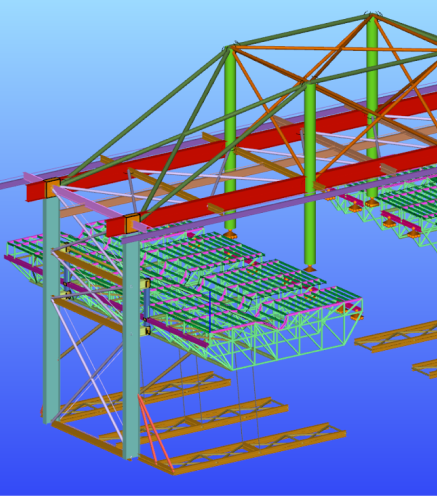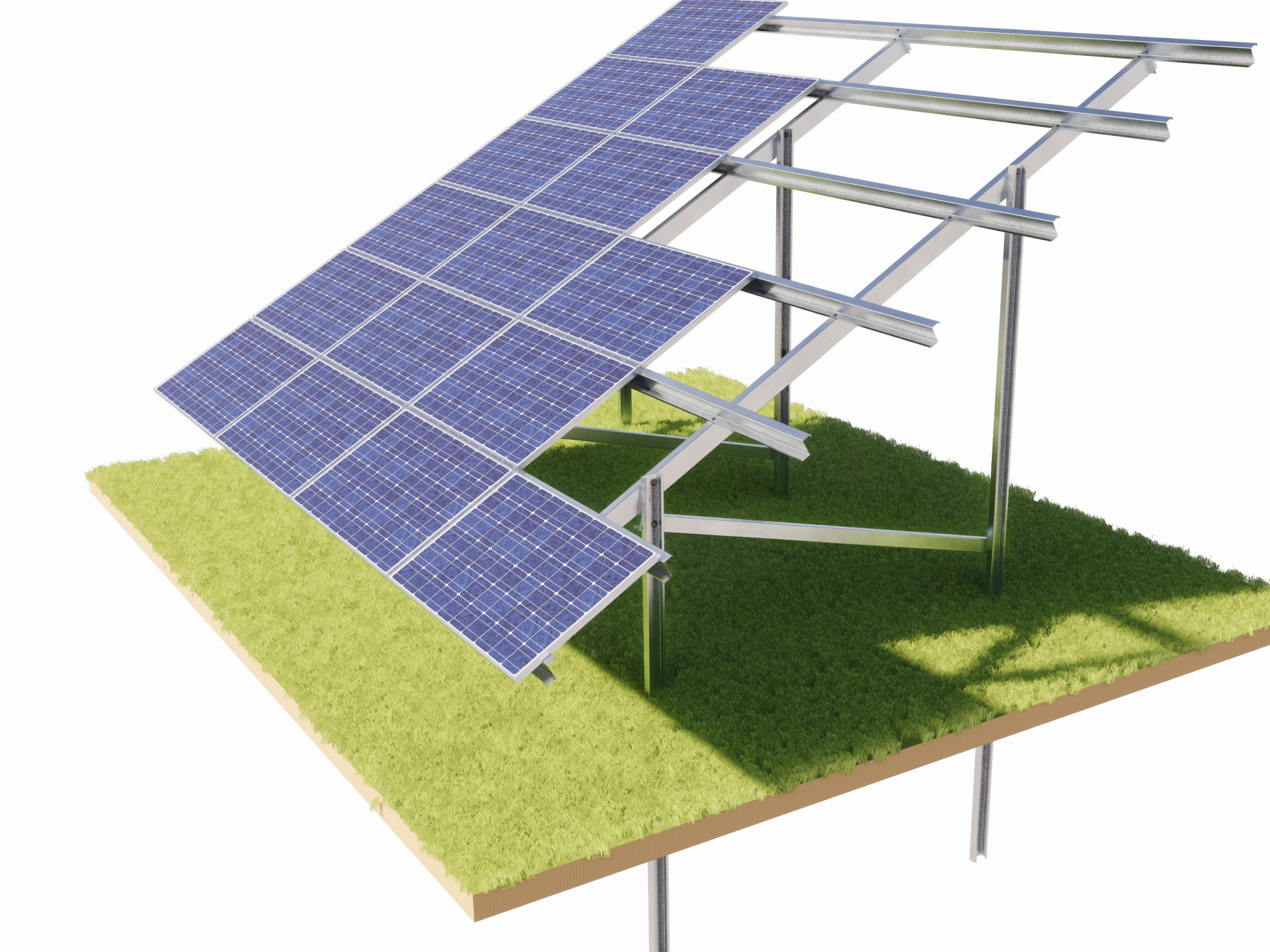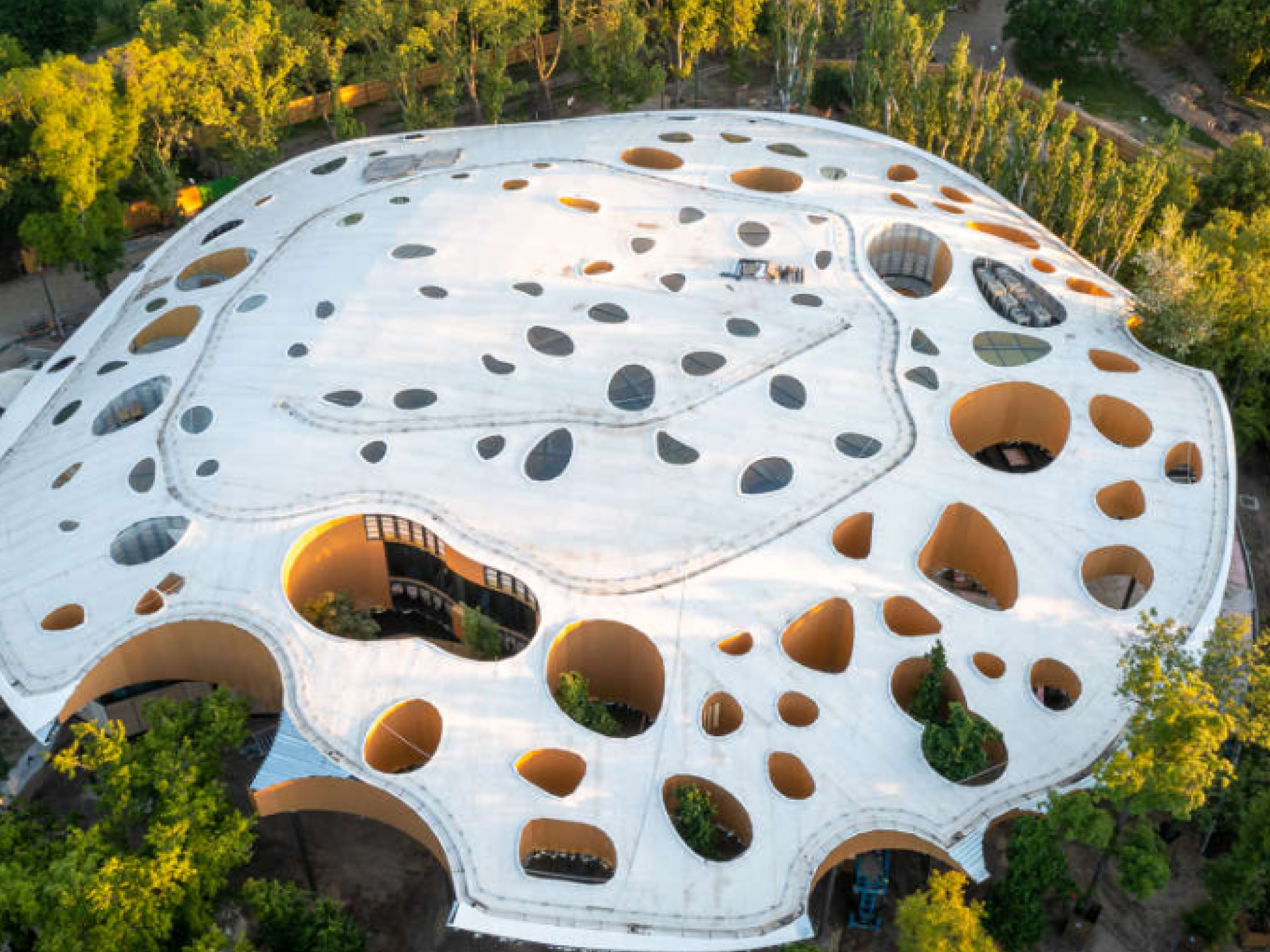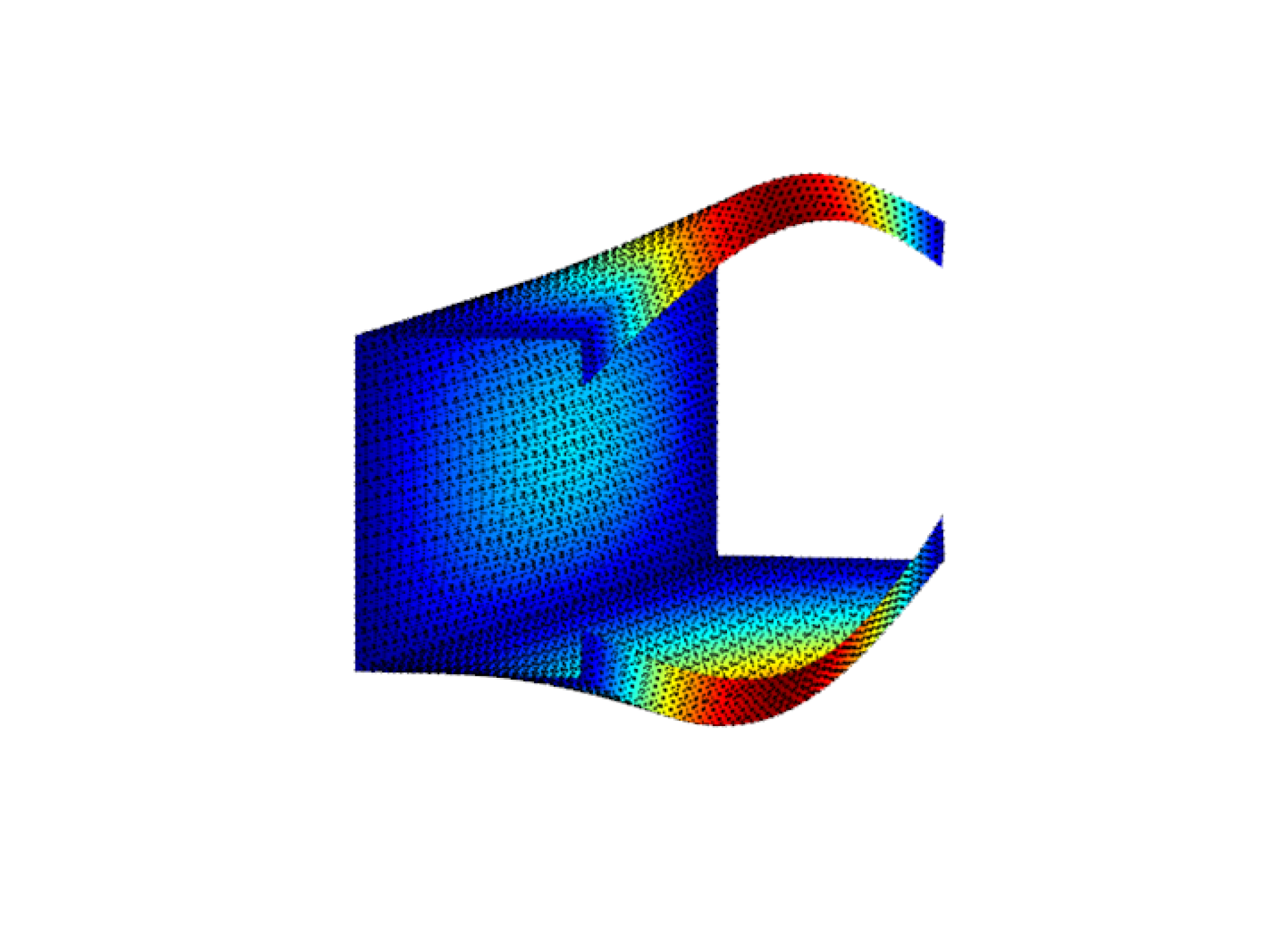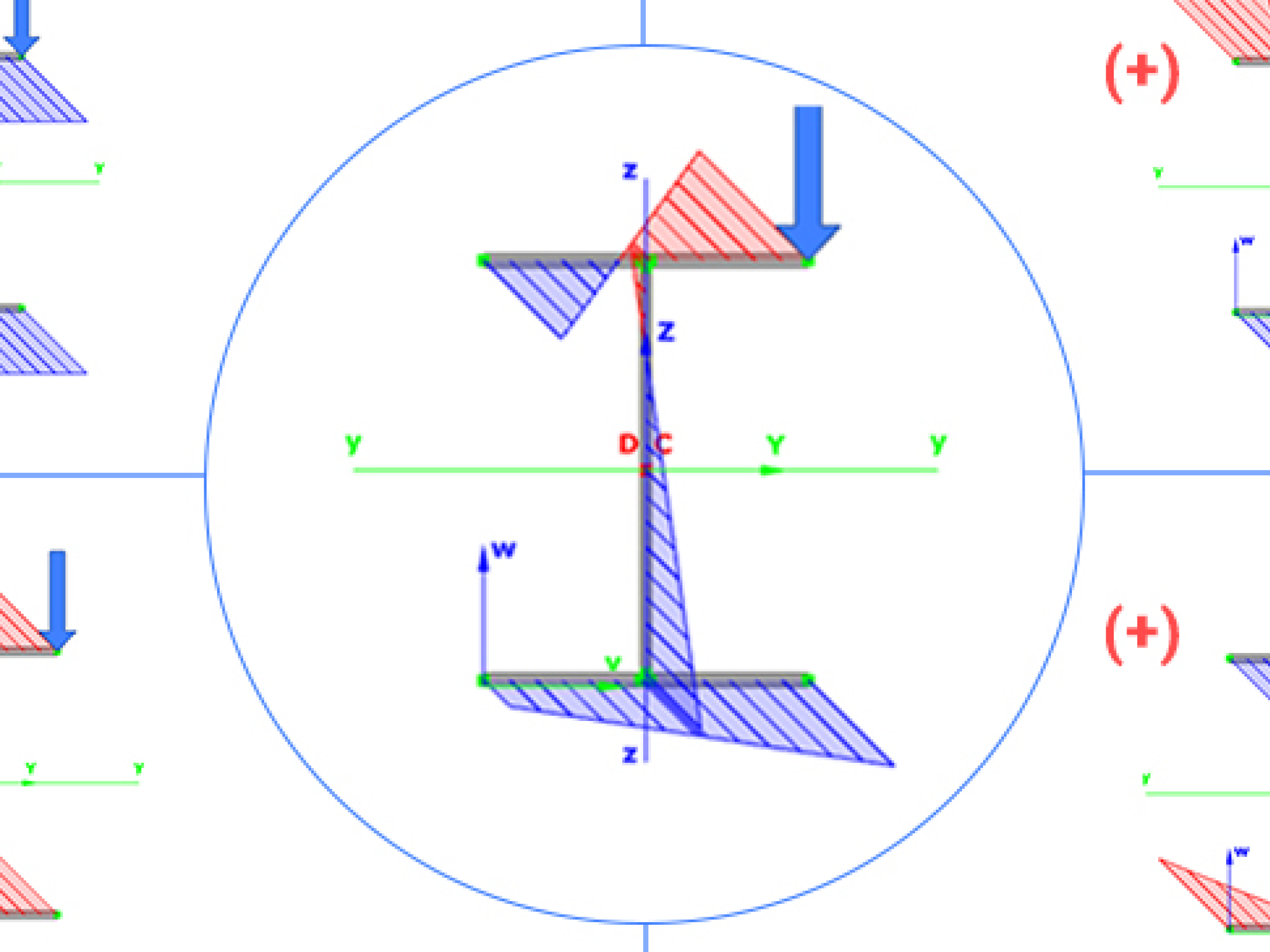Class 4, thin-walled sections
Using slender, welded thin-walled sections has become a real trend in the construction industry over the past decades. The drive to save material makes cross-sections thinner, while behavior and failure modes become much more complicated, requiring more advanced analysis and design tools.
No credit card required
Class 4, thin-walled sections specific feature solutions in Consteel
User defined thin-walled section drawing
Besides several parametrically defined sections, custom profiles can also be created in Consteel. Profile definition includes not only drawing geometry but setting parameters necessary to Consteel’s automated design options too. These are standard Eurocode parameters of cross sections used for the automatic stability check, local buckling and distorsional buckling in case of cold-formed sections. Ultimately, manually defined cross-sections can be fully integrated into Consteel’s highly automated design workflow, just like standard or built-in macro cross-sections.
Easy modeling of nonunifrom members – Tapered members
In Consteel, the tapered members are easy to define with just a few clicks and with the help of realistic visulalisation, despite of the numerous options provided for geometry. Member eccentricities due to placement options are recognized and considered automatically during analysis, as well as the special calculation method serving the correct transfer of warping between the finite elements of different heights.
Easy modeling of plated girders – Superbeam
Considering shear and rotational restraints provided by the various types of sheeting is unavoidable during cold-formed purlin design. In Consteel, the definition of these restraints is practical for everyday use and supplemented with an automatically applied special purlin design mode of analysis and design calculations. As purlins can be modelled as integrated parts of the structural model, their restraining effect to the main structure can also be considered.
Exact analysis of structural eccentricities
In Consteel, the structure can be modelled as it is in reality concerning eccentricities too. Deformations and internal forces caused by the eccentricities of loads, supports or connections are fully considered. No further action is needed after correct modelling to apply the effects in design calculations.
True analysis of global steel structures – the 7 DOF beam element
Consteel is the only structural design software that uses the special 7 degrees-of-freedom (7 DOF) beam element for all the global structural analysis types. The 7 DOF element is specially developed for thin-walled members where the warping of the cross-section is of high importance in the behavior. Modeling is always done in 3D and various number of analysis types including special and unique ones (like global buckling, buckling sensitivity or imperfection analysis) are developed to assist you to get to know the true behavior of your structure and design it optimally.
OUR PARTNERS
How can Consteel enhance your work?
ReferenceS by OUR users
WHY CHOOSE CONSTEEL?
WHO RECOMMENDS US?

’Consteel is a great asset for Arambol Ingeniería S.L. Thanks to its workflow we can design, calculate and present a project in record time. The program is very intuitive and easy to use. Technically, the seventh degree of freedom is an enormously useful tool to check structures with the general method, and even obtain reliable results thanks to the use of buckling shapes together with the imperfections to obtain utilization ratios that, physically, are more realistic than the reduction coefficients. Consteel has very specialized features such as the shear field or the frame corner wizard that add an extra degree of professionalism to the calculation, which translates into greater efficiency in the use of steel and, therefore, money.’

’The Alba Arena project highlighted the extraordinary potential of the Consteel software and Pangolin. It is a pioneering technology that enables the parametric design of complex geometry and large-scale structures through the Grasshopper system. The Pangolin award is an exceptional recognition for me and the bim.GROUP, as it is a positive feedback on the quality of our work and an opportunity to showcase our expertise on an international level.’ said Dávid Lewandowski, Steel Structure Designer, regarding the award.’

’Consteel’s technical support team is very professional. Especially Mr. Balint Vaszilievits-Sömjén, he has been a great help to us! We were impressed by his professionalism and dedication. We are satisfied with the use of Consteel, which has proven its worth in our international projects.’
’I started using the Consteel design software during my university studies, when it was Consteel version 6. Even then I was impressed by the simplicity, transparency, and speed of the program. Since then, I have had the pleasure of designing many structures with the program, from small to large: industrial halls, office buildings, large opening roof structures, staircases, flying garages, pipe bridges, canopies, secondary closure elements, or the transmission line poles on which my doctoral thesis was based.
The bottom line is that it allows a structural engineer to model any structure in 3D in a structurally correct way, yet quickly and with a low risk of error. The most complex geometric type includes, for example, a lattice structure, where stability loss shapes can be efficiently calculated and sections optimised. One of my favourite features is the interpretability of the results, and the fact that the program receives significant updates year after year, which is the most user-oriented.’

’From the very beginning, I really like Consteel because it can be used to perform global steel structure tests in a complex and compact way, efficiently. In addition, the software integrates well with automated parameter-driven design algorithms – so I can heartily recommend it.’


The approach of the Consteel team to software development also deserves praise, which shows a well-thought-out path of software development in terms of suitability for practical applications (and not only in terms of changing the graphic interface as is the case in other developers).
We recommend Consteel to all experienced engineers.’


knowledge behind consteel
Example ModelS
Perform buckling checks for cold-formed members
Did you know that you could use Consteel to perform local and distortional buckling checks for cold-formed members?
Download the example model and try it!
Design simple supported, continuous and overlapped purlins systems considering shear and rotational stiffness of attached roof sheeting
Did you know that you could use Consteel to design simple supported, continuous and over-lapped purlins systems, considering shear and rotational stiffness of attached roof sheeting?
Download the example model and try it!
Include in your model a wide range of cold-formed macro sections
Did you know that you could use Consteel to include in your model a wide range of cold-formed macro sections?
Download the example model and try it!
Calculate effective cross-section properties for Class 4 sections
Did you know that you could use Consteel to calculate effective cross-section properties for Class 4 sections?
Download the example model and try it!
Perform dual analysis with 7DOF beam and/or shell elements
Did you know that you could use Consteel to perform dual analysis with 7DOF beam and/or shell elements?
Download the example model and try it!
SIMPLIFY YOUR DESIGN PROCESS


